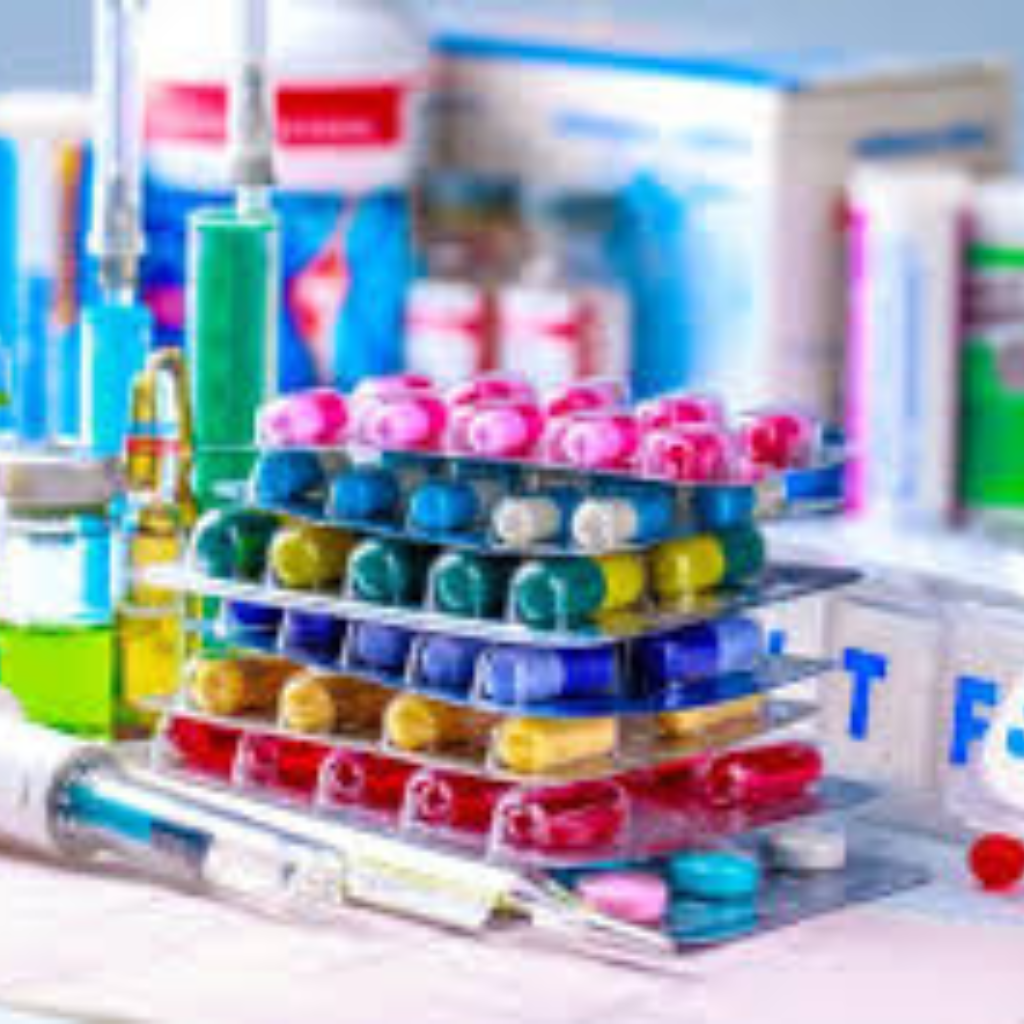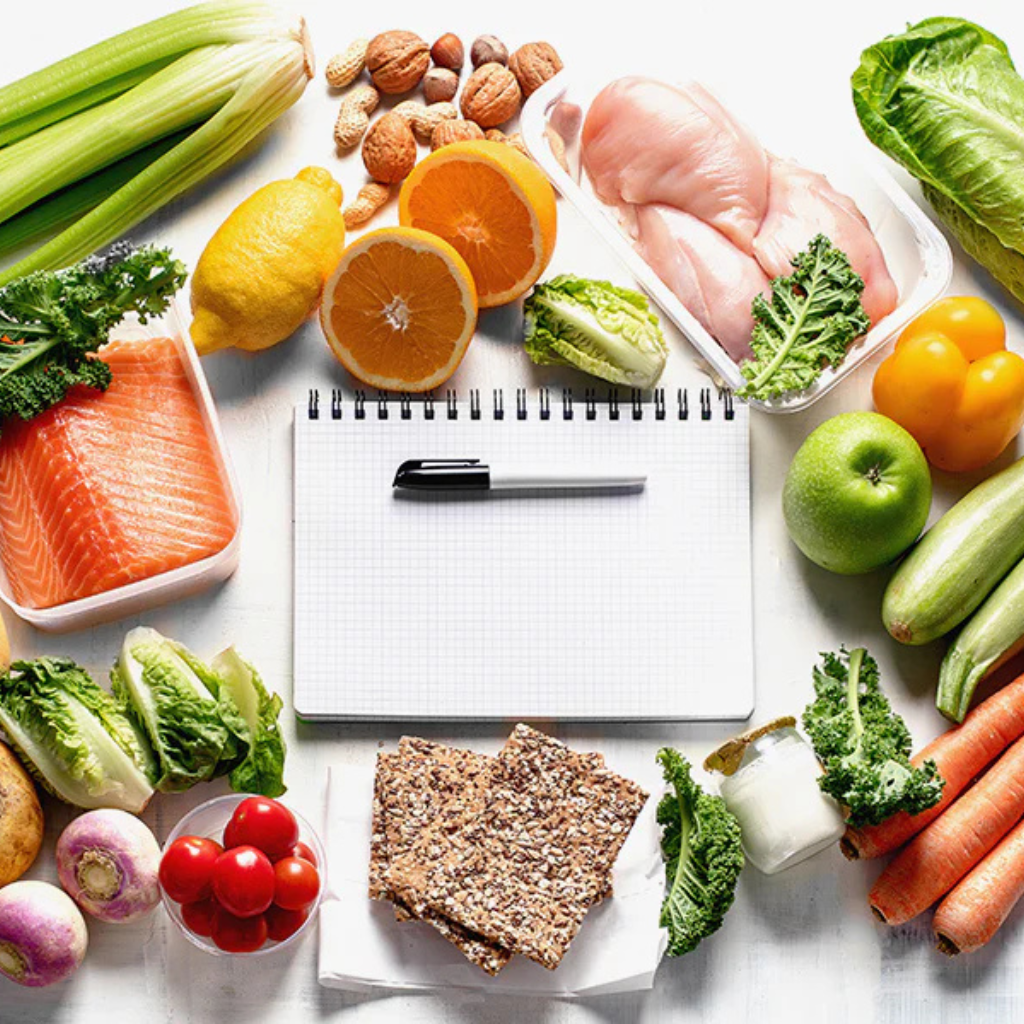Pharmaceutical packaging serves as the silent guardian of medicine integrity, ensuring that drugs remain effective, safe, and uncontaminated from the moment they are manufactured to when they are consumed by patients. Packaging protects medicines from environmental factors such as moisture, light, and oxygen, which can degrade their quality. It also serves practical functions, such as facilitating accurate dosing and ensuring tamper resistance, thereby safeguarding patient health.
For decades, the pharmaceutical industry has leaned heavily on plastic for its packaging needs. This reliance stems from the material’s remarkable properties: sterility, durability, lightweight nature, and chemical inertness. Plastic ensures that medicines are shielded from external contaminants and degradation, making it an indispensable material in the sector. From blister packs to bottles, plastic has been a reliable partner in delivering healthcare products efficiently and securely.
However, the growing environmental footprint of plastic has cast a shadow over its widespread use. Mounting concerns over plastic waste, fueled by increasing awareness of pollution and its devastating effects on ecosystems, have sparked global efforts to rethink and reduce plastic dependency. Stricter regulations and shifting consumer expectations have also intensified the push toward finding more sustainable solutions.
The pharmaceutical industry now stands at a crossroads, tasked with addressing the dual challenge of maintaining stringent health and safety standards while reducing its environmental impact. This pursuit of sustainability is not just a choice but an urgent necessity. Exploring alternatives such as recycled materials, innovative designs, and bio-based packaging solutions represents a crucial step forward in minimizing the environmental burden of pharmaceutical packaging without compromising its core purpose—ensuring patient well-being.
The Role of PCR in Pharmaceutical Packaging
Post-Consumer Recycled (PCR) materials are emerging as a cornerstone in the transition toward sustainable pharmaceutical packaging. PCR refers to materials that are reprocessed from consumer-used products, such as plastics, which would otherwise end up in landfills. There are two primary types of PCR materials:
- Post-Consumer Regrind: Derived from products discarded after use, such as water bottles and food containers. These are collected, cleaned, and processed into new packaging materials.
- Pre-Consumer Regrind: Originates from industrial waste, such as trimmings and defects during manufacturing, which are reintroduced into the production cycle.
Benefits of PCR in Reducing Waste and Promoting a Circular Economy
The use of PCR in pharmaceutical packaging significantly reduces the environmental burden by diverting plastics from waste streams and reintroducing them into the production cycle. This approach aligns with the principles of a circular economy, which emphasizes reducing resource consumption, reusing materials, and recycling products to extend their lifecycle. Pharmaceutical companies can reduce their dependency on virgin plastics, conserving natural resources and lowering the industry’s overall carbon footprint.
Cost-Saving Opportunities and Sustainability Alignment
Adopting PCR materials can also result in cost savings for pharmaceutical manufacturers. Reusing materials eliminates the need for expensive raw material procurement, offering financial incentives. Furthermore, PCR supports sustainability goals by enabling companies to meet increasing consumer and regulatory demands for eco-friendly practices. Many governments and organizations provide subsidies or tax benefits to businesses that adopt recycled materials, further encouraging the shift.
Environmental and Economic Benefits of PCR
Reduction in Carbon Footprint and Waste
Incorporating Post-Consumer Recycled (PCR) materials in pharmaceutical packaging significantly reduces environmental impact. The production of PCR materials uses less energy compared to virgin plastics, leading to lower greenhouse gas emissions. Moreover, PCR reduces plastic waste by diverting materials from landfills and oceans. This dual benefit helps address two of the most pressing environmental issues: pollution and carbon emissions.
Financial Incentives for Businesses Embracing Sustainable Packaging
Businesses that adopt PCR-based packaging often enjoy financial advantages. Many governments and environmental organizations offer tax breaks, subsidies, or grants to companies using recycled materials. These incentives not only offset initial costs but also make sustainability a financially viable strategy. Furthermore, aligning with consumer preferences for environmentally friendly practices can boost brand loyalty, leading to long-term economic gains.
Positive Impact on Healthcare Systems Through Cost Reduction
The use of PCR in pharmaceutical packaging can also contribute to cost reductions within healthcare systems. By adopting cost-effective, sustainable packaging solutions, manufacturers can lower production expenses. These savings can translate into reduced costs for medication and treatments, easing financial burdens on both healthcare providers and patients. Additionally, sustainable practices enhance corporate reputations, encouraging partnerships and investments that drive further economic benefits.
Challenges in Adopting PCR in Pharmaceuticals
Regulatory Hurdles and the Need for Stringent Safety Standards
The pharmaceutical industry operates under strict regulations to ensure product safety and efficacy. Using PCR materials presents challenges in meeting these standards. Regulatory bodies require thorough testing to ensure that recycled materials maintain the integrity of medications. Developing industry-specific guidelines for PCR use in pharmaceuticals is essential but remains a complex and time-consuming process.
Limitations of PCR: Contamination Risks and Quality Concerns
PCR materials face inherent challenges, such as contamination risks and variable quality. Residual chemicals or foreign substances in recycled plastics can compromise the safety of pharmaceutical packaging. Ensuring consistent quality requires advanced cleaning and processing technologies, which can be costly and technically demanding. These limitations hinder the widespread adoption of PCR in the industry.
Supply Shortages and Lack of Consumer Recycling Awareness
The availability of high-quality PCR materials is often limited due to inadequate recycling infrastructure and low consumer participation. Contamination during recycling processes further reduces the usable supply of PCR plastics. Educating consumers about proper recycling practices and investing in robust recycling systems are critical to addressing these supply chain issues.
Addressing Supply Chain and Consumer Awareness Issues
Importance of Educating the Public on Proper Recycling Practices
The success of PCR (Post-Consumer Recycled) material adoption heavily relies on an informed public. Many consumers remain unaware of how improper disposal habits affect the quality and availability of recyclable plastics. Public education campaigns focused on recycling best practices can significantly reduce contamination and improve the overall effectiveness of recycling programs. For example, teaching individuals to rinse containers before recycling or to separate incompatible materials can have a profound impact on the recyclability of waste streams.
Impact of Contamination on Recyclable Plastics and PCR Supply
Contamination is one of the largest barriers to increasing PCR material supply. Mixed waste streams often lead to the presence of non-recyclable or harmful substances, rendering many plastics unsuitable for reuse. For pharmaceutical applications, this issue is even more critical due to stringent safety and purity requirements. Contaminated materials not only reduce the amount of usable PCR but also increase processing costs, making it harder for manufacturers to justify the use of recycled plastics.
Strategies to Increase PCR Availability for Pharmaceutical Use
Addressing supply chain issues requires a multi-pronged approach. Governments and industry leaders can invest in advanced sorting and cleaning technologies to ensure a higher yield of usable PCR materials. Expanding access to dedicated recycling facilities specifically tailored to pharmaceutical packaging is another viable solution. Furthermore, implementing extended producer responsibility (EPR) programs can encourage companies to take an active role in managing post-consumer waste, ensuring a steady supply of high-quality PCR plastics.
Balancing Sustainability with Industry Requirements
The Need for a Compromise Between Recycled and Virgin Plastics
The pharmaceutical sector must strike a delicate balance between sustainability goals and functional requirements. While PCR offers significant environmental benefits, the need for reliable and uncontaminated packaging often necessitates the use of virgin plastics. Combining the two materials in a calculated manner can ensure that critical safety standards are met while minimizing environmental impact.
Designing Packaging with Sustainability in Mind From Inception
Sustainable packaging begins with thoughtful design. Manufacturers can prioritize materials and structures that are easy to recycle or require minimal processing. For instance, designing mono-material packaging reduces the complexity of recycling, as multi-layered plastics are harder to separate and reuse. Incorporating features such as easily removable labels and caps can further enhance recyclability, making the entire process more efficient.
Role of Hybrid Solutions, Such as Partially Recycled Packaging
Hybrid packaging solutions, which blend recycled and virgin plastics, present a practical path forward. These solutions offer a middle ground by incorporating PCR materials while retaining the integrity required for pharmaceutical applications. For example, the outer layers of packaging could be made from PCR plastics, while the inner layers, which come into direct contact with the product, remain virgin material. Such approaches optimize resource use without compromising safety or quality.
Innovations in Sustainable Packaging
Bio-Based Packaging as a Complementary Solution
Bio-based packaging offers a promising addition to the sustainable packaging landscape. Made from renewable resources such as plant-based polymers, corn starch, or sugarcane, bio-based materials reduce reliance on fossil fuels and have a smaller carbon footprint during production. These materials often serve as an effective alternative to conventional plastics in secondary and tertiary pharmaceutical packaging. When combined with PCR plastics, bio-based solutions provide a complementary strategy to further minimize environmental impact.
Growth and Challenges of the Bio-Based Packaging Market
The bio-based packaging market has witnessed significant growth due to increasing environmental awareness and supportive regulations. However, its expansion faces several challenges. High production costs and limited scalability make bio-based materials less accessible to many manufacturers. Additionally, bio-based plastics often require specific disposal methods, such as industrial composting, which are not yet widely available. These limitations highlight the need for continued investment in technological innovation and infrastructure to support the bio-based sector.
Importance of Proper Disposal and Consumer Education for Bio-Based Materials
Educating consumers on the proper disposal of bio-based materials is critical to their effectiveness. Misunderstandings about compostability and recyclability can lead to contamination in waste streams, undermining the environmental benefits of these materials. Clear labeling and public awareness campaigns can help consumers make informed decisions, ensuring that bio-based packaging is disposed of in a way that aligns with its intended lifecycle.
Regulatory Collaboration for Sustainable Packaging
The Need for Industry-Specific Guidelines for PCR Use
Pharmaceutical packaging requires tailored regulations to ensure that PCR materials meet safety and efficacy standards. Unlike general consumer packaging, pharmaceutical applications demand heightened attention to purity, stability, and contamination risks. Industry-specific guidelines can establish clear parameters for the safe incorporation of PCR plastics, reducing ambiguity and fostering wider adoption.
Establishing Quality Assurance Measures for Recycled Materials
Quality assurance is paramount when using PCR in pharmaceutical packaging. Developing standardized protocols for testing recycled materials can mitigate risks and build confidence among manufacturers and regulators. These measures include rigorous assessments of chemical stability, contamination levels, and material performance under various conditions.
Benefits of Regulatory Collaboration to Streamline Sustainable Packaging Adoption
Collaboration between regulatory bodies, industry leaders, and environmental organizations can accelerate the transition to sustainable packaging. Harmonizing regulations across regions can simplify compliance for global pharmaceutical companies, while joint initiatives can foster innovation and investment in recycling technologies. Regulatory support, such as tax incentives or grants for sustainable packaging projects, can further encourage widespread adoption.
A Holistic Approach to Sustainability
Integration of Sustainable Practices Across the Product Lifecycle
Achieving true sustainability requires a comprehensive approach that spans the entire product lifecycle, from material sourcing to end-of-life disposal. Manufacturers can adopt practices such as eco-friendly material selection, energy-efficient production processes, and packaging designs that facilitate recycling. This integrated strategy ensures that sustainability is not an afterthought but a core aspect of packaging development.
Encouraging Stakeholder Participation in Recycling Initiatives
Sustainability efforts are most effective when all stakeholders—manufacturers, regulators, consumers, and recycling facilities—work together. Collaborative recycling initiatives can close the loop in the packaging lifecycle, creating a circular economy. For instance, take-back programs for used pharmaceutical packaging can ensure that high-quality materials are recovered and reintroduced into the supply chain.
The Role of Innovation and R&D in Minimizing Environmental Impact
Innovation and research and development (R&D) play a critical role in overcoming the challenges of sustainable pharmaceutical packaging. Investments in advanced materials, such as bio-based and fully recyclable plastics, can drive the industry toward more environmentally friendly solutions. Additionally, exploring digital innovations like smart packaging can improve efficiency and reduce waste throughout the supply chain.
The Path Forward for the Pharmaceutical Industry
Embracing a Cyclical Design Process to Prioritize Efficiency
The future of pharmaceutical packaging lies in adopting a cyclical design process that emphasizes reuse and recycling. This approach focuses on designing products and packaging that are easily recyclable and minimizing material waste at every stage. Such practices not only enhance sustainability but also create cost-saving opportunities for manufacturers.
Investing in Sustainability Research and Development
Ongoing investment in sustainability R&D is essential for driving progress. Pharmaceutical companies can explore emerging technologies, such as enzymatic recycling or carbon capture during packaging production, to further reduce their environmental impact. Collaborative research partnerships can accelerate breakthroughs and make sustainable solutions more accessible.
Becoming a Leader in Responsible and Innovative Packaging Solutions
By committing to sustainable practices, the pharmaceutical industry has the potential to lead the way in responsible packaging innovation. Transparency in sustainability efforts, combined with proactive engagement with consumers and regulators, can position companies as pioneers in the global push for environmental responsibility.
Read more: Personal Trainer Trends: The Move Online
Conclusion
Sustainable pharmaceutical packaging is no longer a choice but a necessity in today’s environmentally conscious world. The reliance on traditional plastics has created significant environmental challenges, driving the need for innovative solutions like Post-Consumer Recycled (PCR) plastics and bio-based materials. By embracing sustainable practices, the pharmaceutical industry can reduce its carbon footprint, minimize waste, and align with the global push for a circular economy.
However, achieving sustainability requires more than just adopting new materials. It involves overcoming challenges such as regulatory hurdles, supply chain limitations, and consumer awareness gaps. Collaboration among stakeholders manufacturers, regulators, and consumers is essential to address these issues and create a robust framework for sustainable packaging.
Through innovation, research, and strategic investments, the pharmaceutical industry can lead the way in responsible packaging practices. A holistic approach that integrates sustainability across the product lifecycle, coupled with regulatory support and consumer education, will ensure long-term success.
By prioritizing sustainability, the industry not only safeguards the environment but also reinforces its commitment to global health and well-being. Together, these efforts pave the way for a greener future, proving that innovation and responsibility can coexist to protect both people and the planet.


















